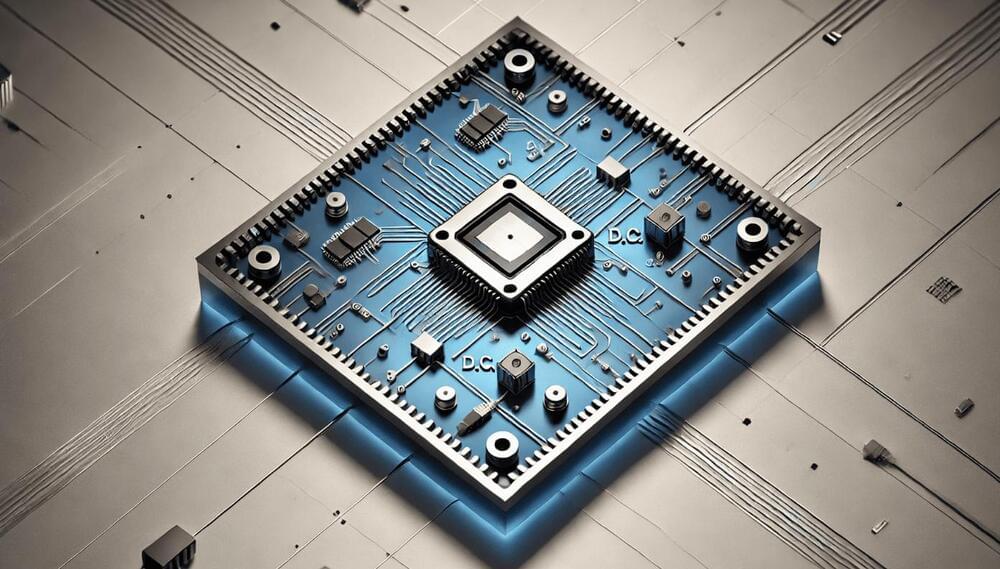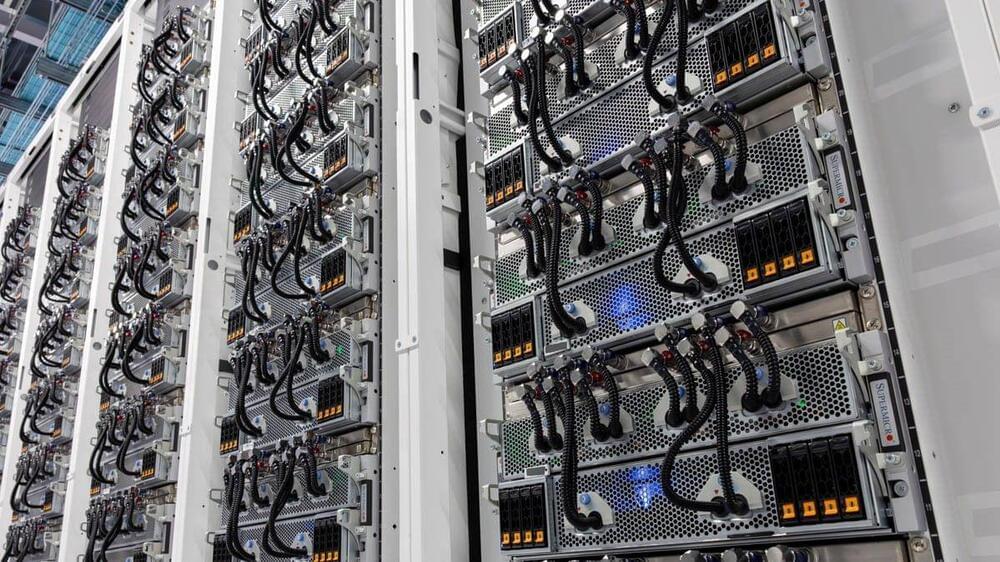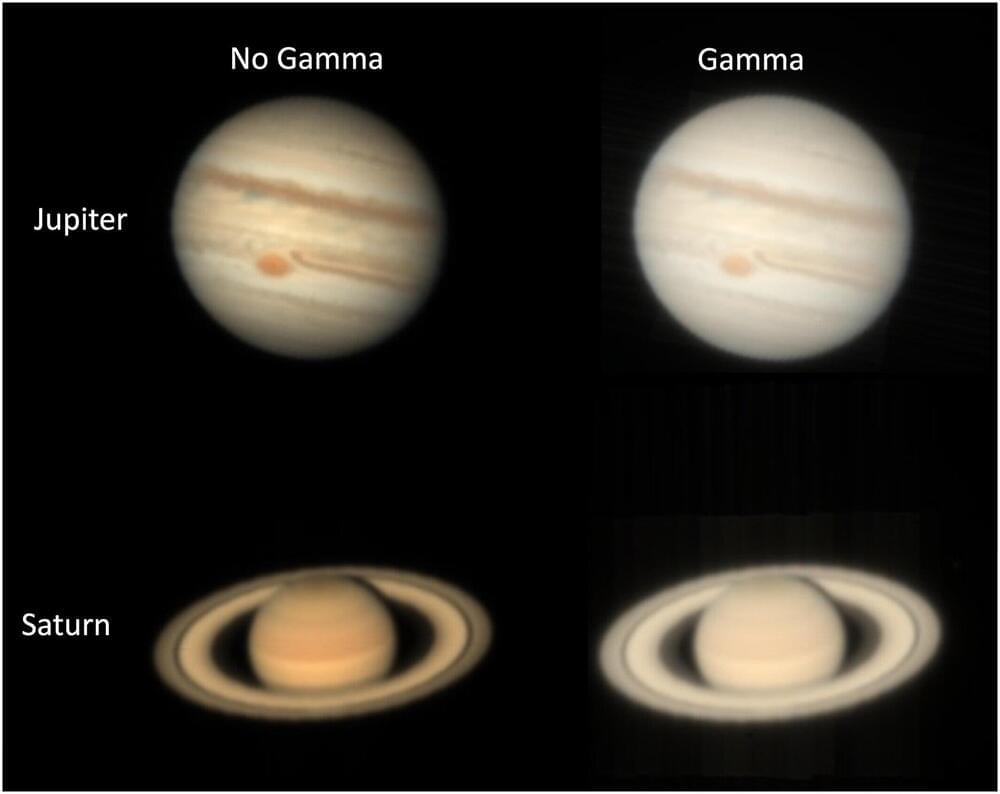Using an analysis of a voluntary action caused by a visual perception, I suggest that the three fundamental characteristics of this perception (being conscious, self-conscious, and provided with a content) are neurologically implemented by three distinct higher order properties of brain dynamics. This hypothesis allows me to sketch out a physicalist naturalist solution to the mind-body problem. According to this solution, primary phenomenal consciousness is neither a non-physical substance, nor a non-physical property but simply the “format” that the brain gives to a part of its dynamics in order to obtain a fine tuning with its environment when the body acts on it.







